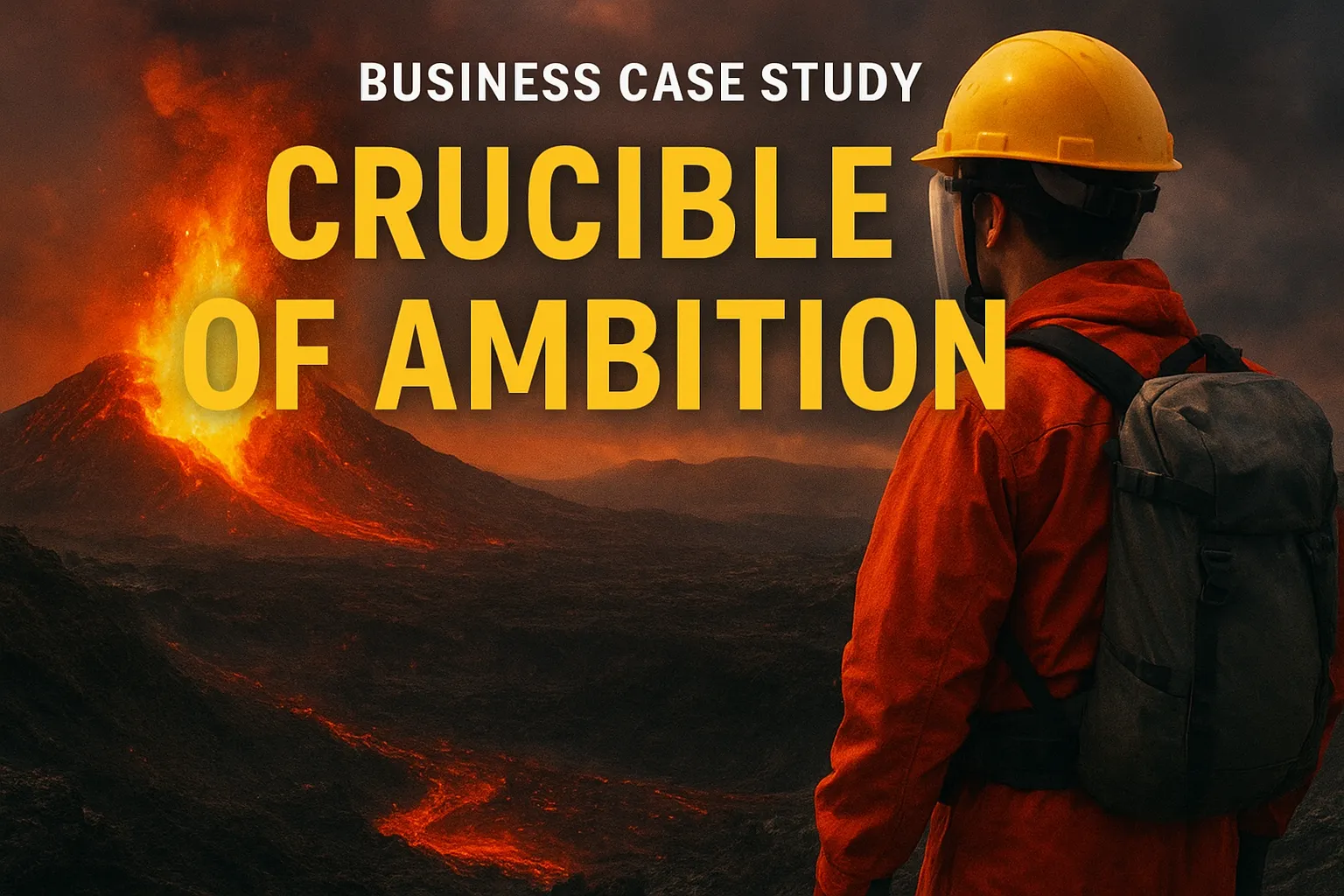 Case Studies Club
Where Strategic Minds Meet
Case Help
Case Studies Club
Where Strategic Minds Meet
Case Help
The Krabby Patty Paradox - The Great Employee Investment Gamble
A Strategic Analysis Of Human Capital Investment Versus Attrition Risk
The owner of the highly profitable but vulnerable Krusty Krab must decide whether to risk capital on training his employees, as he faces the dual threats of his star performer being poached and his apathetic cashier driving away customers through poor service. After analyzing four distinct strategic options, the recommendation is to invest in a comprehensive training program to systematize talent and de-risk the operation, thereby ensuring long-term stability and brand integrity over short-term profit maximization.
Core Themes:
Turn Business Challenges Into Strategic Wins
Browse our Insights Marketplace for frameworks and tools that drive results
Explore MarketplaceOverview
A shadow hangs over the most profitable enterprise in Bikini Bottom. The Krusty Krab, a culinary institution built on a singular, secret recipe, stands at a crossroads. Its proprietor, a crustacean of legendary frugality, faces a modern dilemma that chills him more than a deep-sea trench: investing in the talent that builds his empire, knowing that talent might one day swim away. The ledger is a cruel master; turnover costs a sea of doubloons, but so does training. In a world where loyalty is as fleeting as the tide, the central question emerges: at what point does investing in an employee stop being a strategy and start being a gamble?
This analysis will dissect the cold, hard calculus of human capital. It will weigh the tangible costs of creating a skilled workforce against the existential risk of key personnel departure and systemic apathy. We will navigate the treacherous currents of short-term profits versus long-term stability. The stakes are higher than a full moon tide—at risk is not just the secret formula, but the very foundation of a fast-food dynasty.
Backstory
The Krusty Krab's story is the stuff of local legend. It rose from a humble, bankrupt retirement home into the undisputed sovereign of the Bikini Bottom fast-food scene. Its dominance is not built on fancy decor or a sprawling menu; it rests squarely on the shoulders of one perfect sandwich: the Krabby Patty. The establishment's proprietor, Eugene H. Krabs, has guided this growth with an iron claw and an unwavering focus on the bottom line. His business philosophy is simple: every grain of sand is accounted for, and every doubloon is sacred.
This market leadership, however, is not without its predators. Across the street, the perpetually failing Chum Bucket serves as a constant, bitter reminder of the perils of competition. Its owner, Sheldon J. Plankton, a creature of immense intellect and ambition, dedicates his existence to acquiring the Krabby Patty's...
🔓 Unlock This Case Study
Access full cases, analysis, recommendations, and community insights


